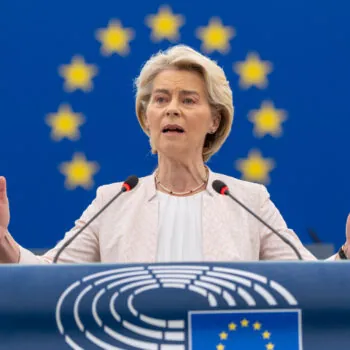The EU negotiators on the European Climate Law reached a provisional agreement after the sixth and final round of negotiations, on April 21st at 5 AM. The Commission was particularly keen to wrap up the negotiations to present the EU’s updated climate legislative framework at the US Climate Summit, on April 22nd.
As expected, the big political fight was on the updated 2030 climate target, its ambition and nature (55% vs 60%, net vs absolute). Co-legislators on the European Climate Law provisionally agreed to separate emission reductions from natural sinks by setting a cap to the contribution that natural removals can have on the 2030 target. However, for the moment, this cap does not change the actual emissions cuts of around 52.8% required to meet the “at least 55% net” target by 2030.
Beyond the level of the 2030 target, the negotiators have agreed on other defining elements of a robust climate framework such as establishing an independent advisory body – the European Scientific Advisory Board on Climate Change – and a GHG budget for the period 2030-2050 – that will inform setting the 2040 target. The EU will also aim at reaching negative emissions after 2050. This is an important win for the European Parliament, which insisted to include the necessary governance tools to deliver the proposed climate targets.
Quote
Elisa Giannelli, Policy Advisor at E3G said:
“The deal tonight puts the EU much closer to a credible trajectory towards climate neutrality and the establishment of a Union’s independent advisory body will facilitate the streamlining of climate commitments across EU policy and support the Union in addressing future challenges in a timely and scientific way.
However, the real credibility test of Europe’s commitment to climate neutrality by 2050 will be its upcoming reforms of sectoral policy ranging from clean energy, heavy industry, transport, to fossil gas.”
Jennifer Tollmann, Senior Policy Advisor at E3G said:
“Tonight’s negotiations have seen the EU double-down on climate ambition ahead of the US-convened Leaders’ Climate Summit. However, the global emissions gap remains significant and bridging it will require the EU to put its money where its climate ambition is – at home but also abroad.”


